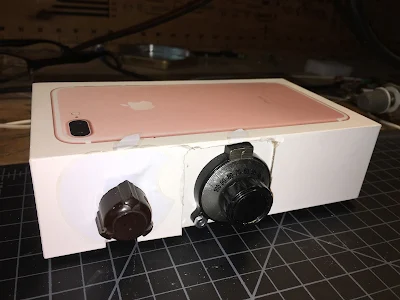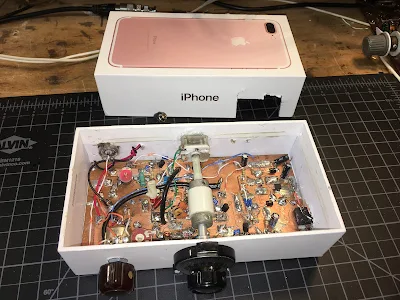SolderSmoke Podcast #201 is available: http://soldersmoke.com/soldersmoke201.mp3
9 December 2017
Santa Juliano
Forest fires, snow storms, and an earthquake.
Santa arrives from Hyderabad -- uBITX in the house.
Radio history. First transtalantic amateur contacts.
Bill's International Brotherhood Ceramic Discrete Direct Conversion Receiver Project.
-- Goals -- Build your own receiver. Really. From scratch. No cheating.
-- How to get started. Get parts and tools.
-- Stage by stage.
-- VFO first -- maybe build two.
Bill built two already
-- Nephew is testing the first one.
-- Polyvaricon limitations.
-- Varactor limitations
-- Variable cap limitation.
MEETING THE JULIANO STABILITY CRITERIA
Understanding the F5LVG mixer
Pete goes to the dark side with an SDR receiver.
Pete's 800 Watt Amplifier gives him trouble. TRGHS.
People in the News
Cliff Stoll -- Still Passionate about Electronics
Peter Parker -- VHF/UHF By the Bay
Yardley Beers -- Early SSB with "The Black Rose"
John Kraus -- Moonbounce without the Moon.
MAILBAG



















































